Samplers at the National Trust
Katie March
Katie March reflects upon her experience of undertaking a Micro-Internship with the National Trust Partnership.
In April I completed a micro-internship with the National Trust under the direction of Emma Slocombe, Senior National Curator (Dress & Textiles), and Dr Sian Pooley from the university of Oxford. The focus of this internship was to create a database of the Trust’s collection of samplers and analyse this database to answer a variety of questions relating to the childhood experience in the 18th and 19th centuries. Although I am doing a history degree, I had never come across samplers before, nor had I done data collection and analysis before, so this was a completely new experience for me!
Upon starting my secondary research, I quickly discovered that samplers were pieces of embroidery generally completed from the 16th century onwards, initially designed to practise new techniques and record stitches. From the 17th century, samplers became a primary method of educating girls from all backgrounds, with a particular focus on religious education, which is why the National Trust’s collection of 522 samplers provide such an interesting route to studying childhood experience.
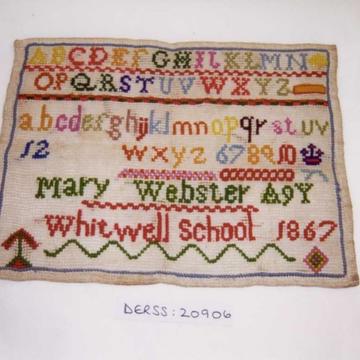
Figure 1: Alphabet Sampler, by Mary Webster ©National Trust
During the week, I managed to collect data for 100 of the samplers, which often look like the one above. I found that the general characteristics of the sampler collection included stitching capital and lower-case alphabets; numbers; pictures and often religious verses. The samplers also got noticeably more intricate the bigger they were. As well as this, I analysed the samplers by the creation date and found that the samplers became more standardised over time because of the production of instruction manuals in the 19th century. It was also possible to infer that more standardised samplers were likely stitched by people from lower socio-economic backgrounds because the instruction manuals were created for the British and Foreign School society (BFSS) and the National Society for Promoting Religious Education, which were both philanthropic organisations dedicated to the education of working-class children. I also analysed the collection for regional variation and found that samplers from NT collections in the east of the country generally had more full records of information (i.e creator name, age and date of creation) embroidered onto the samplers. However, this could have been related to different collectors’ preferences at different sites. There were some regional differences in stitching practises, for example in Yorkshire the motto ‘Perseverance is the way to success’ was noted as being stitched into samplers often. Additionally, a proportion of the samplers held at the NT Museum of Childhood in Sudbury, are actually noted as coming from the Derbyshire Museum Service History of Education Collection which used gifts from individuals and schools to host a special exhibition on education (with special reference to Derbyshire) in the 1950s. This group of samplers would be a notably interesting group to produce further research on because they will contain more extensive records about the school where the sampler was created.
Having loved the sampler project so much, and finding so many further avenues for future research, I was invited back in June to complete another micro-internship on the sampler project! For this micro-internship, I continued logging 60 more of the samplers from the National Trusts’ collection into my database and worked on two new tasks.
The first was researching the instruction manuals that I had previously found referenced in secondary reading. I read ‘The Sampler; or a System of Teaching Plain Needlework in Schools,’ (A Lady, 1850) and ‘Manual of the System of Teaching Needlework in the Elementary Schools of The British And Foreign School Society’ (2nd edn, 1821). This provided so much more context for my analysis into the sampler collection because the instruction manuals contained so much specific information about the structure of needlework classes; what was created in each class; specific materials used; and the recommended colour of thread! The instruction manuals helped to explain some of the less common types of samplers (like the ones pictured below), which were either small pieces of practise stitches, created in the first classes, or articles of clothing, stitched at the final class.
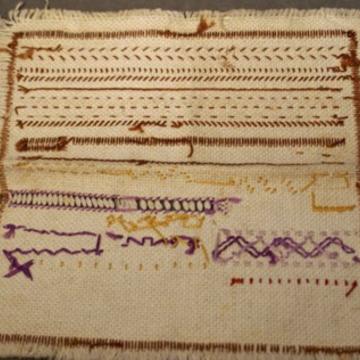
Figure 2: Practise stitch sampler © National Trust
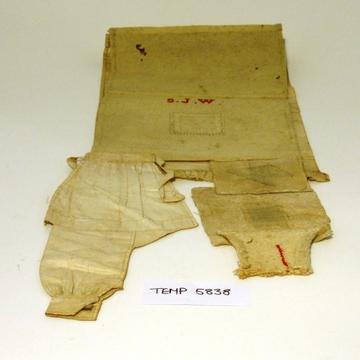
Figure 3: Clothing sampler © National Trust
My second task involved researching the creator of one of the samplers using ancestry websites, in this case FindMyPast, to attempt to create a methodology for researching historic individuals in the collection. I chose to research Grace Bembridge, the creator of sampler NT661070 (pictured below) because she had included her name, age, the creation date, and importantly the school she went to.
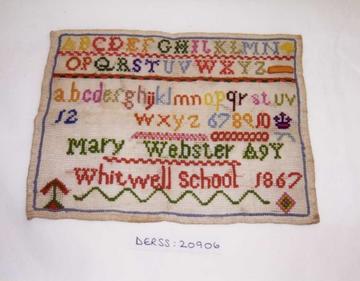
Figure 4: Sampler by Grace Bembridge © National Trust
This task was fascinating, because I was able to trace Grace’s whole life via birth records; census records; marriage certificates; and death records/burial information. I found out that she was born in 1852 to parents John Bembridge and Grace Bembridge (née Johnson) in Hulland-Ward, which is a tiny village in Ashbourne, Derbyshire. She was baptised at the local parish church named ‘Christ Church,’ that had only been constructed 15 years earlier in 1837. Using census records, I was able to build up a family tree and found out that John and Grace senior had a total of 7 children, with Grace junior being the second youngest. John was a farmer, malster and publican, running The Black Horse Inn, which still exists today! He occasionally had enough money to employ staff to help with the farming and domestic work, which suggests the family was relatively financially stable. However, it would seem that Grace and her siblings were educated at the local Hulland school, which was a National School. Since Grace’s sampler used good quality material and embroidery thread, it is possible that her family provided the materials to create this sampler, which may not have been the case with poorer children. Based on the census records and the dating of the Sampler, it is clear that Grace attended school for at least four years, between the ages of 8 and 12, which was the average length of education across England and Wales found by the Newcastle Commission (1861). Although it is worth noting that Grace’s other siblings started school at the age of 6, so it is likely that Grace spent closer to 6 years in education. Pictured below is the Bembridge family tree.
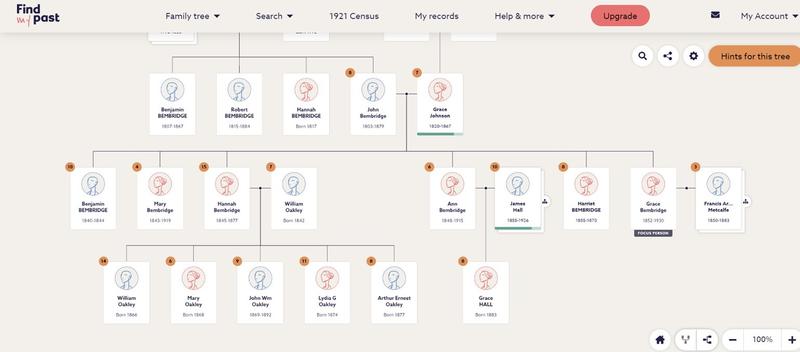
Figure 5: Bembridge Family Tree © Ancestry.co.uk
This project, mainly focused on finding new ways to uncover childhood experience using samplers, was an exciting and varied one, which shows the importance of material culture in learning about the past, and in the preservation of historical objects in the National Trust collections. As an intern, I have loved the process of learning about samplers and gathering new skills in research, data collection and analysis. I will also be on the lookout for samplers when visiting National Trust properties in the future!
Katie is a second-year history student at St Edmund Hall, Oxford. Her academic interests generally revolve around the intersectional studies of race, ethnicity, gender, class and sexuality. Through modules such as ‘global masculinities’ and extra-curricular programmes like KRASIS, she has had the opportunity to participate in multiple object handling sessions, which developed her interest in material cultures and the heritage sector. She originally comes from Nottingham and her family has historically worked in lacemaking and textiles, which is why she had a particular interest in this project.
Centre for the History of Childhood
Find out more about the National Trust Partnership here.
Find out more about the TORCH Heritage Programme here.


